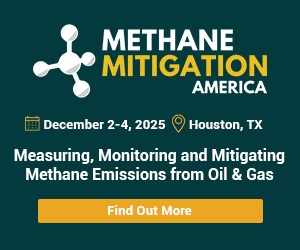
WASHINGTON, March 15 (Reuters) – Two companies developing technology to suck carbon out of the air, Switzerland’s Climeworks and California’s Heirloom, have teamed with non-profit firm Battelle to bid for a $500 million U.S. grant to commercialize the climate-friendly technology.
The U.S. Department of Energy launched a five-year program last year to spend $3.5 billion to build four regional Direct Air Capture, or DAC, hubs to kickstart commercialization of technology to capture carbon dioxide from the air and store it permanently.
Scientists view direct air carbon capture as vital to limiting global warming, but the technology is nascent.
Terms of the $500 million grant require a hub to scale up to sequestering one million tonnes a years of carbon dioxide. Applications for an initial set of grants closed this week.
The Department of Energy declined to say how many applications it had received.
Unprecedented federal investment, private sector activity and endorsement by scientists of the need for carbon removal to meet global climate goals has created a “once in a lifetime opportunity” to deploy the technology, Battelle’s energy and resilience manager, Shawn Bennett, told Reuters.
Battelle has a history of working with carbon capture technology and managing centers and labs for the government.
Geologic storage company Gulf Coast Sequestration would permanently store captured carbon underground at a southwestern Louisiana site if the hub is selected, but it is not part of the group seeking the grant.
Climeworks currently has the largest operational DAC project, in Iceland, which is sucking up around 4,000 tonnes per year of carbon dioxide (CO2), a drop in the bucket compared to the 36.8 billion tonnes of global energy-related CO2 emissions estimated by the International Energy Agency for 2022.
Heirloom has a small-scale demonstration project in California.
Other projects, which may be seeking government support, also aim to remove carbon at a large scale.
Occidental Petroleum (OXY.N) last year outlined plans to spend $1.1 billion on a facility in the Texas Permian basin oil field that aims to start up in 2024.
A California-based company also announced plans last year to launch in Wyoming what it says could be the first large-scale DAC project to capture and store 5 million tonnes of carbon dioxide per year by 2030.
The Department of Energy said by mid-century, carbon removal will need to be deployed at the gigaton, or billion-tonne, scale, meaning it would need to be able to sequester the equivalent of emissions from approximately 250 million vehicles driven in one year.
Share This:




 CDN NEWS |
CDN NEWS |  US NEWS
US NEWS 






























